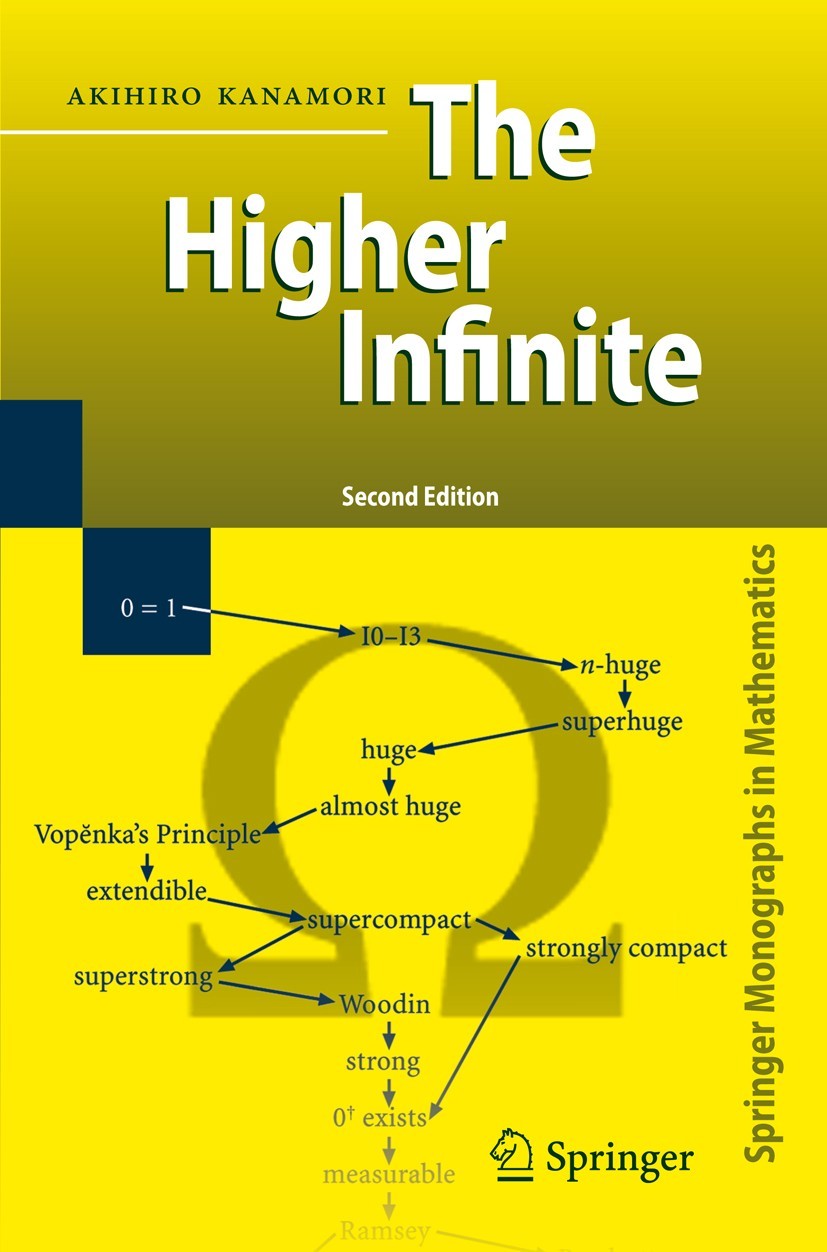sry slightly reworded
https://min.togetter.com/kb628xT
the nature of
• the size of a "large" number
is
• how many smaller numbers can it prove to be consistent if they exist.
the largest number proves the consistency of all numbers, including itself.
by Gödel's theorem, it is a "contradiction".
let us write Fin + Inf as ZFC.
similarly, if we add "a large cardinal exists", then we can prove the consistency of ZFC.
• ZFC + LC ⊢ Con(ZFC)
this means that Fin + Inf is a stronger theory than Fin.
this corresponds to
• 1 < 2 < 3 < … < ℵ₀.
ℵ₀ is not just large; it is beyond "…".
it's much larger than any number before it.
ℵ₁ is not "large" in this sense;
it's just after ℵ₀.
the axioms "finite numbers exist" can't prove their own consistency.¹
• Fin ⊬ Con(Fin)
however, if we add "an infinite number exists", then we can prove the consistency of finite numbers.
• Fin + Inf ⊢ Con(Fin)
¹ Gödel's second incompleteness theorem
¹ this indicates "direct implications or relative consistency implications", tho.
(e.g., huge < supercompact)
in order of size and strength:
• inaccessible < measurable < huge < rank-into-rank < 0=1
so the Q is, what tf is the largest infinite number.
n it's a "contradiction" (aka 0=1).
as drawn in this pic.¹
let me explain from scratch.

actually, large cardinals refer to large ♾ with specific properties.
(the successor of an inaccessible cardinal is not inaccessible by definition.)